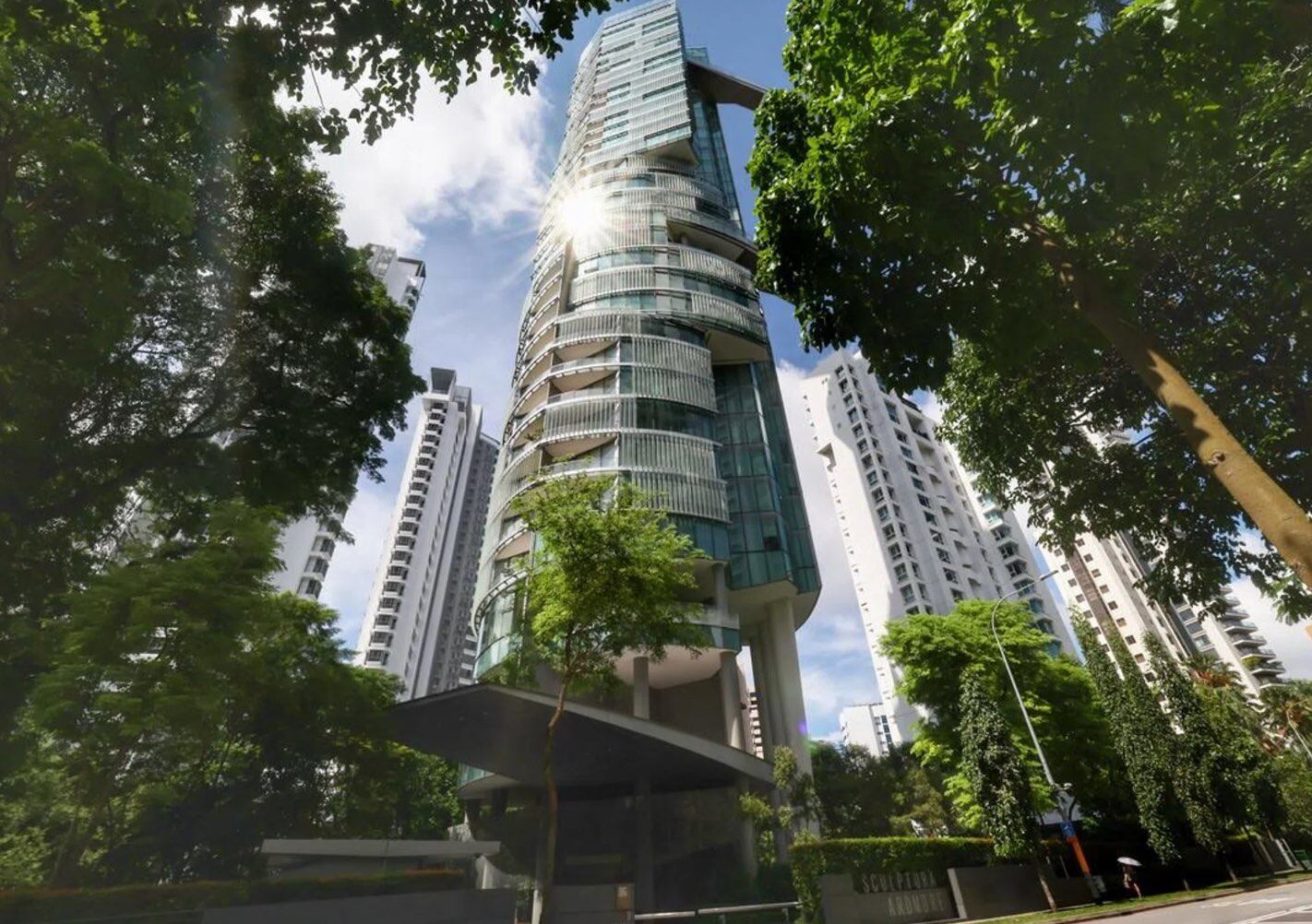Do Kwon, the first catfish in the stablecoin industry, is “defending his rights” to recover the money for his house purc
Disusun oleh Odaily Planet Daily ( @OdailyChina ); Translated by Azuma ( @azuma_eth )
Editor’s note: The man who once shook up the world of stablecoins is now embroiled in a legal dispute over recovering the money for his home purchase.
As one of the most famous names in the last bull market, Do Kwon launched the algorithmic stablecoin UST, which once had an issuance volume of over 10 billion US dollars. At the peak of LUNA, his net worth was also in the billions. But everything has been shattered. Today, Do Kwon is facing multiple charges of fraud in the United States, Singapore and other places. Recently, it was revealed by the media that he is seeking to recover half of the purchase price he paid before the collapse of UST but ultimately failed to complete from a real estate developer.
The following are details of the story published by Business Times citing Singapore local media Lianhe Zaobao, compiled by Odaily Planet Daily.

Business Times quoted Lianhe Zaobao as saying that the Singapore High Court has dismissed a claim filed by Do Kwon, co-founder of the defunct blockchain company Terraform Labs, in which Do Kwon asked real estate developer SC Global to return the purchase price he had paid for a luxury penthouse on Orchard Road in Singapore.
High Court documents show that five months before the collapse of kriptocurrencies UST and LUNA in 2022, Do Kwon had set his sights on a duplex four-bedroom penthouse on the 19th floor of Sculptura Ardmore. The apartment is approximately 7,600 square feet (about 706 square meters) and is one of only three penthouses in the project, with an estimated value of S$38.8 million.
It is reported that Do Kwon paid a total of about S$19.4 million (including option fees and subsequent payments), which is almost half of the total price. However, the transaction was not completed and the apartment was eventually resold for S$34.5 million.
Sculptura Ardmore was developed by property developer SC Global. The condo was launched in 2012 and completed in 2014. In 2017, Meta co-founder Eduardo Saverin also spent S$60 million to buy a penthouse in the project.
SC Global allegedly confiscated the money Do Kwon had paid, but Do Kwon insisted that the confiscation was invalid and filed a lawsuit in the Singapore High Court through his wife, but the application was dismissed by the Singapore High Court on July 26.
In addition, Do Kwon and his wife signed a 16-month lease with the real estate developer (from February 2022 to June 2023) with a monthly rent of S$40,000, a total prepaid rent of S$640,000, and carried out extensive renovations on the apartment.
On May 17, 2023, Do Kwon authorized his wife to pay S$1,000 to exercise the purchase option, but the transaction was not completed before May 31, 2023. The purchase option and the lease expired on June 22, 2023, and the transaction was terminated. The developer retained the amount paid.
However, Do Kwon’s wife continued to live in the apartment until July 25, 2023, and paid an additional month’s rent. SC Global, accusing it of breach of contract, demanded an additional month’s rent from Do Kwon and his wife, along with S$90,000 in repair costs. High Court Justice Philip Jeyaretnam dismissed SC Global’s claim for repairs but ordered Do Kwon and his wife to pay an additional S$40,000 in rent and related legal costs.
Artikel ini bersumber dari internet: Do Kwon, the first catfish in the stablecoin industry, is “defending his rights” to recover the money for his house purchase.Recommended Articles
Related: Crypto mania and the jackpot paradox: When risk appetite devours human rationality
Original author: thiccy Original translation: Block unicorn This article explores the shift in risk appetite from mania to the worship of the jackpot, and its wider social implications. It involves some simple math, but it’s worth reading. Imagine you are playing a coin tossing game. How many times do you toss it? At first glance, this game looks like a money-printing machine. The expected return on each coin toss is 20% of your net worth, so in theory you should be able to toss the coin an infinite number of times and eventually accumulate all the wealth in the world. However, if we simulate 25,000 people each flipping a coin 1,000 times, almost everyone will end up with a result close to $0. The reason almost all outcomes tend toward…







